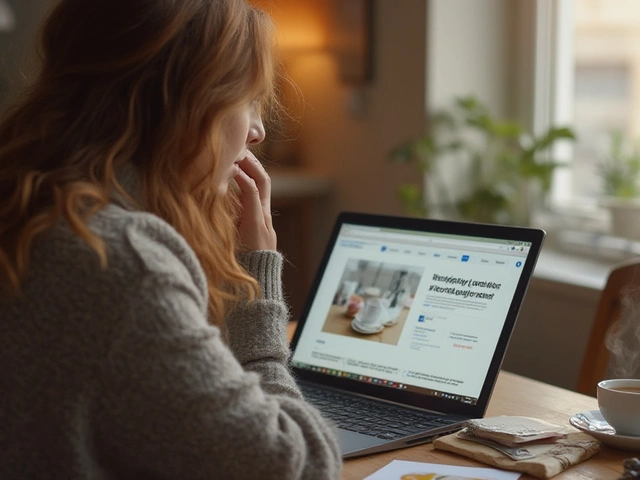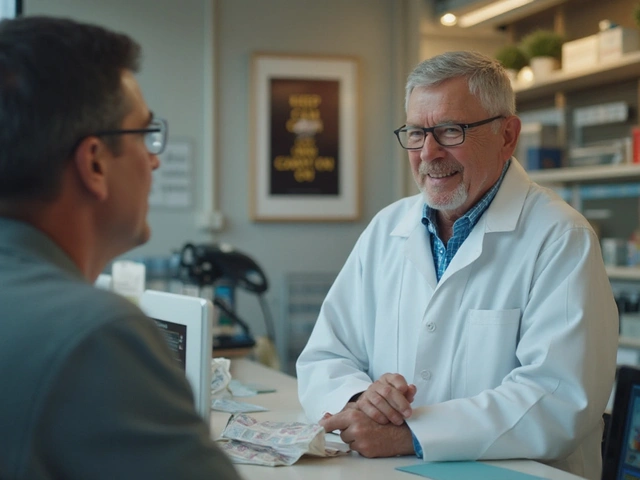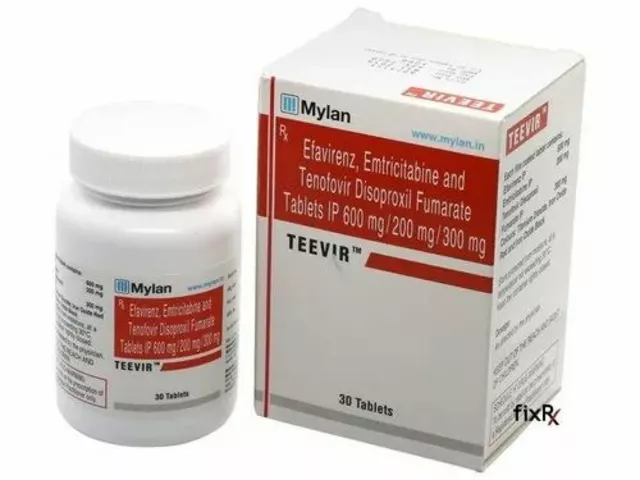Overdose management: what to do fast and safely
An overdose can happen to anyone — prescription meds, opioids, alcohol, or household chemicals. Knowing a few clear actions can save a life. Below are practical steps you can use right away, what to avoid, and how to lower the chance it happens again.
Immediate steps if you suspect an overdose
Check responsiveness and breathing. If the person won’t wake, is breathing slowly, or not at all, call emergency services now (911 in the U.S.). If you’re in the U.S., also call Poison Control at 1-800-222-1222 for guidance specific to the substance involved.
If the person is unconscious but breathing, roll them onto their side into the recovery position to keep the airway clear and reduce choking risk. Stay with them and watch breathing until help arrives.
For an opioid overdose — signs include very slow or stopped breathing, pinpoint pupils, and limp body — give naloxone (Narcan) if you have it. Intranasal naloxone is simple: spray one dose into a nostril, then repeat every 2–3 minutes if the person doesn’t wake or breathe better. Keep giving doses until EMS takes over. Even if they wake, they need medical evaluation — naloxone can wear off while opioids still affect the body.
Do not try to make the person vomit, don’t give them anything to drink, and don’t leave them alone. If they stop breathing, start CPR if you’re trained. For seizures, protect their head and remove nearby objects, and call 911.
Certain overdoses need hospital testing even if the person seems fine. Acetaminophen (Tylenol) toxicity can cause delayed liver damage; medical staff will decide if treatment or blood tests are needed. When in doubt, call Poison Control or EMS.
Preventing future overdoses
Store medicines safely: keep them in a locked box or up high, out of sight of kids. Use childproof caps and original containers. Dispose of unused meds at community take-back events or follow FDA disposal instructions — don’t flush medications unless instructed.
If someone uses opioids, get naloxone and learn how to use it. Many communities and pharmacies provide naloxone without a prescription. Talk openly about dosing—taking more than prescribed, mixing drugs, or combining substances (like alcohol and benzodiazepines) raises risk fast.
Encourage follow-up care. If an overdose was accidental or related to substance use, ask a doctor about safer dosing, alternatives, or treatment options for addiction. Local support groups, counseling, and medication-assisted treatments can reduce repeat events.
Keep an emergency plan: list of current medications, allergies, emergency contacts, and the nearest hospital. Share it with people who care for you. Quick access to this info helps responders act faster and smarter.
If you’re ever unsure, call Poison Control or 911. Acting fast, staying calm, and using the right tools — recovery position, naloxone, CPR — make a real difference.

How to manage a budesonide formoterol overdose
Experiencing a budesonide formoterol overdose can be quite scary, but it's important to remain calm and take the proper steps to manage the situation. First, I would immediately contact a healthcare professional or poison control center for guidance. Next, it's crucial to monitor my symptoms closely and seek emergency medical attention if necessary. I would also inform my healthcare provider about the overdose to discuss potential adjustments to my treatment plan. Lastly, I would focus on preventing future overdoses by carefully following the prescribed dosage instructions and storing the medication in a safe place.
Health and MedicineLatest Posts
Tags
- online pharmacy
- medication
- dietary supplement
- side effects
- online pharmacy UK
- mental health
- impact
- online pharmacies
- dosage
- medication safety
- skin health
- health
- pain relief
- dietary supplements
- massage therapy
- medication side effects
- eye inflammation
- health benefits
- mental health treatment
- thyroid medication




